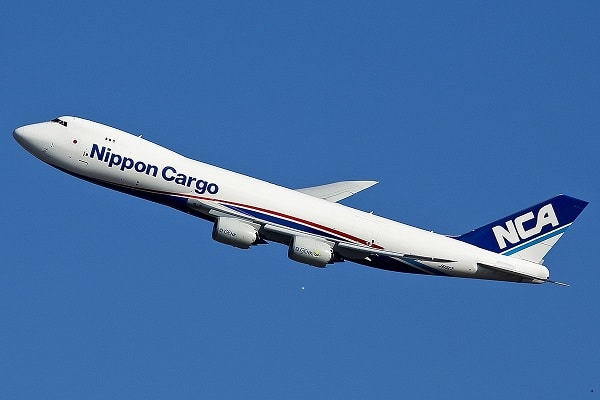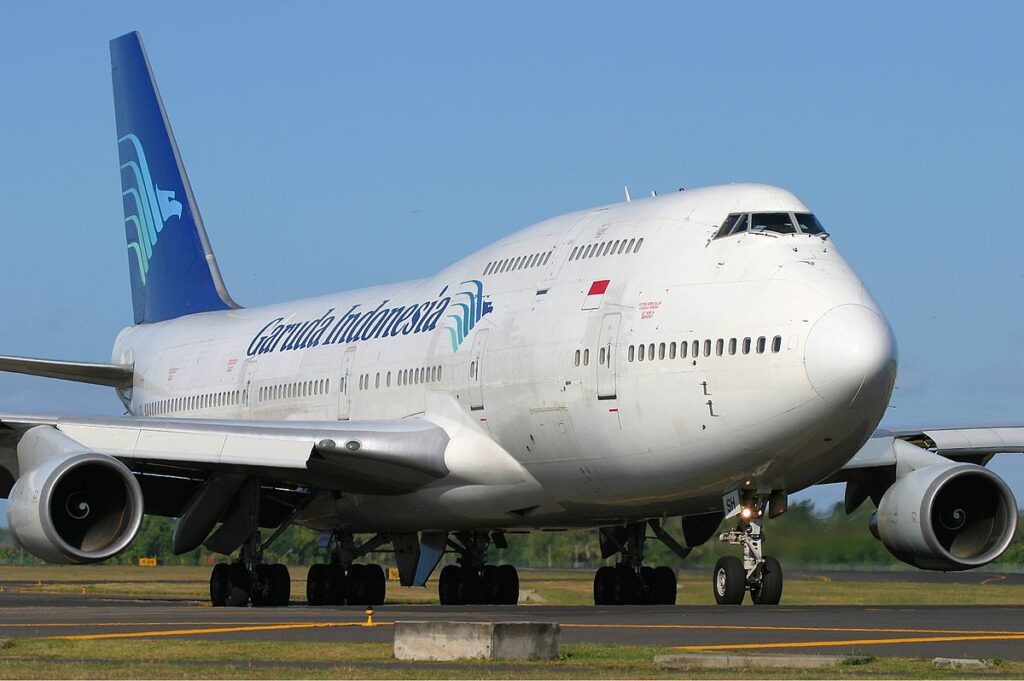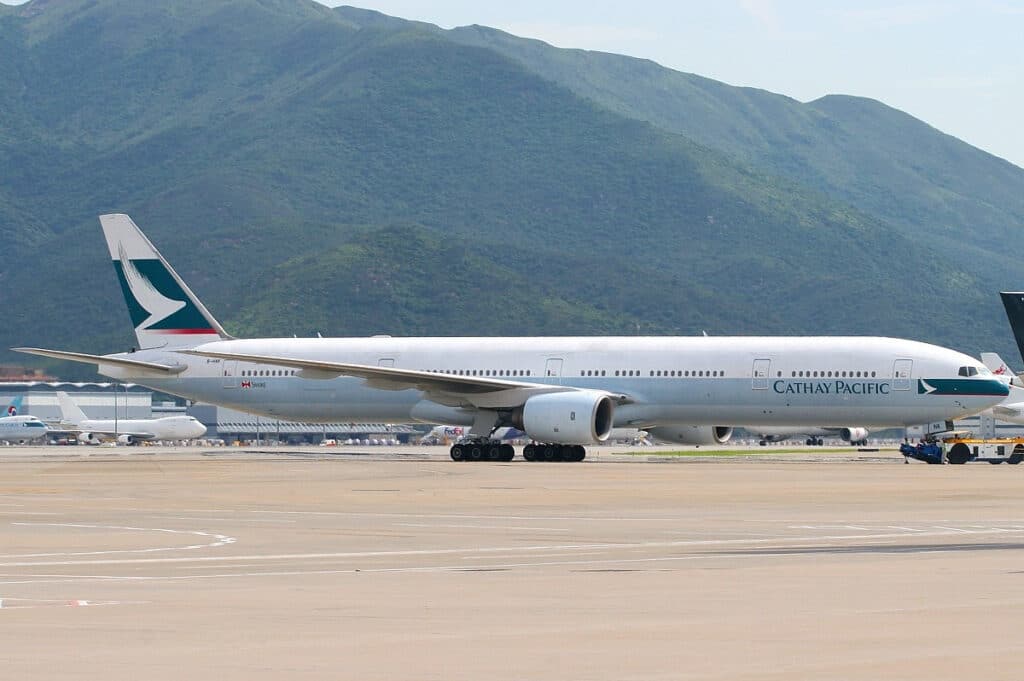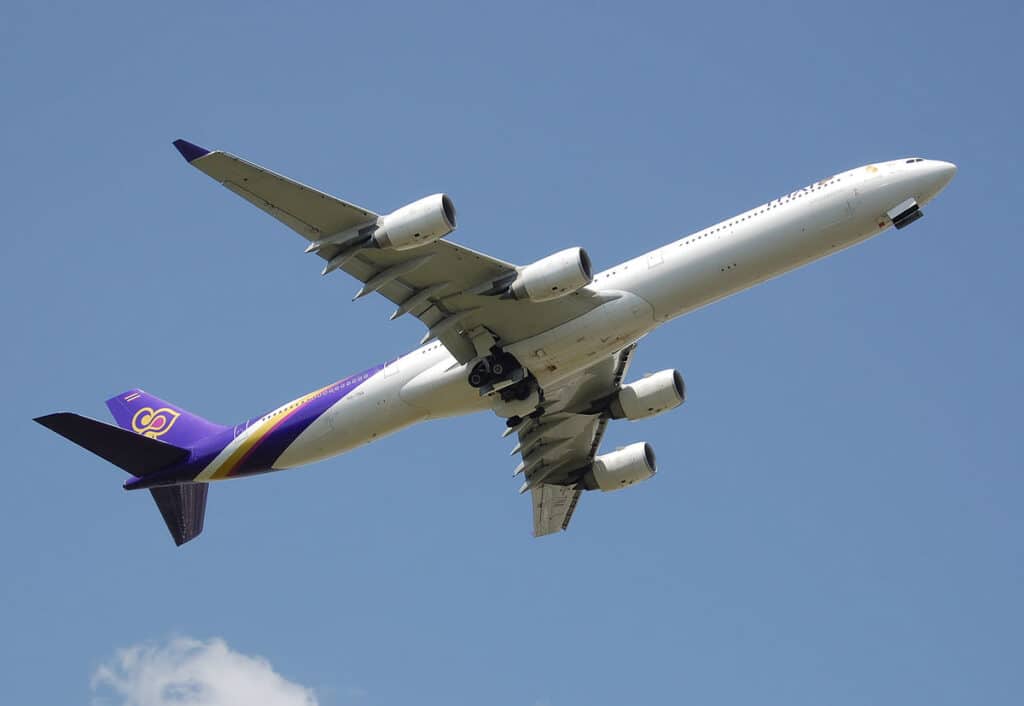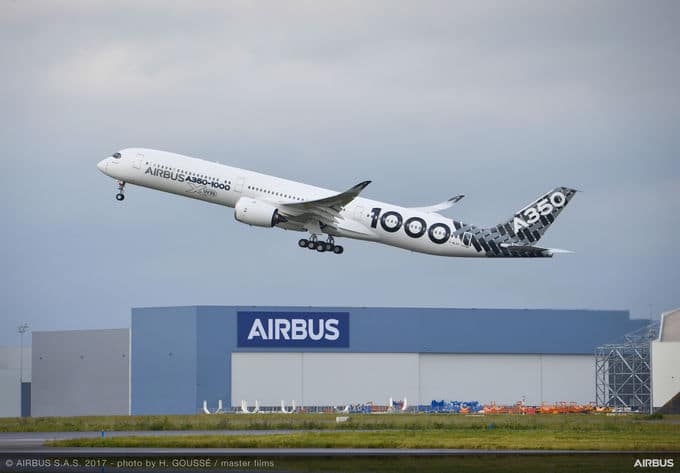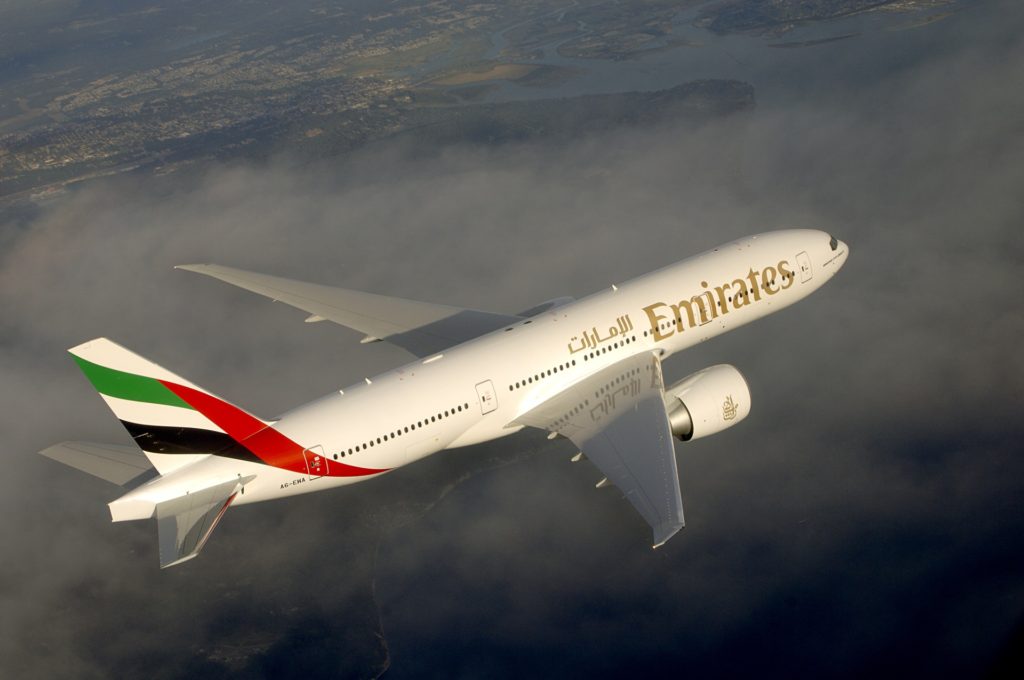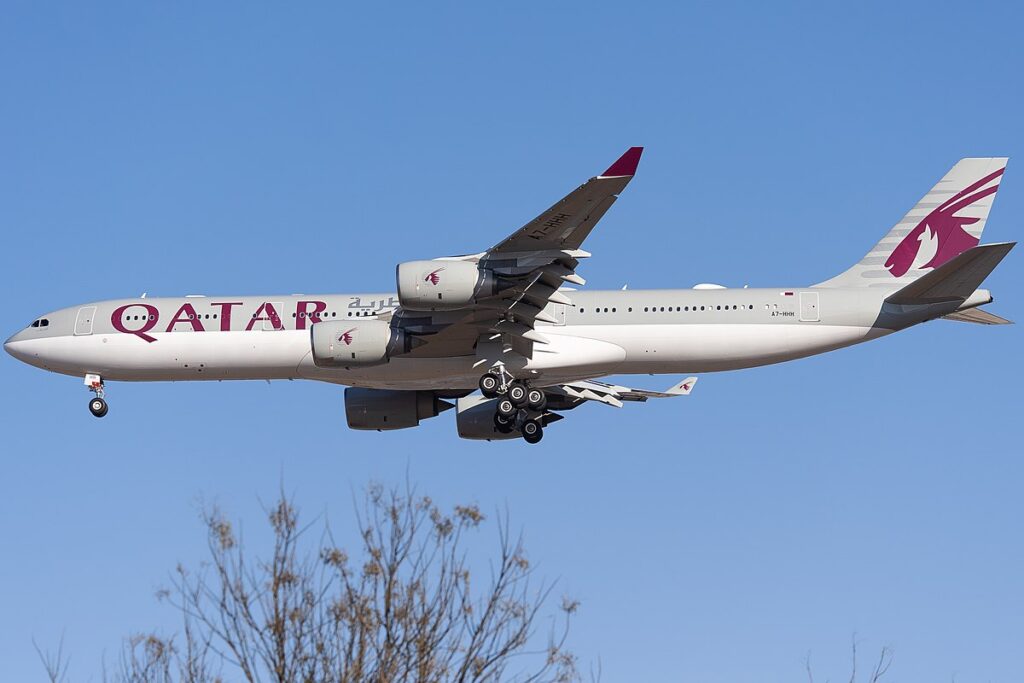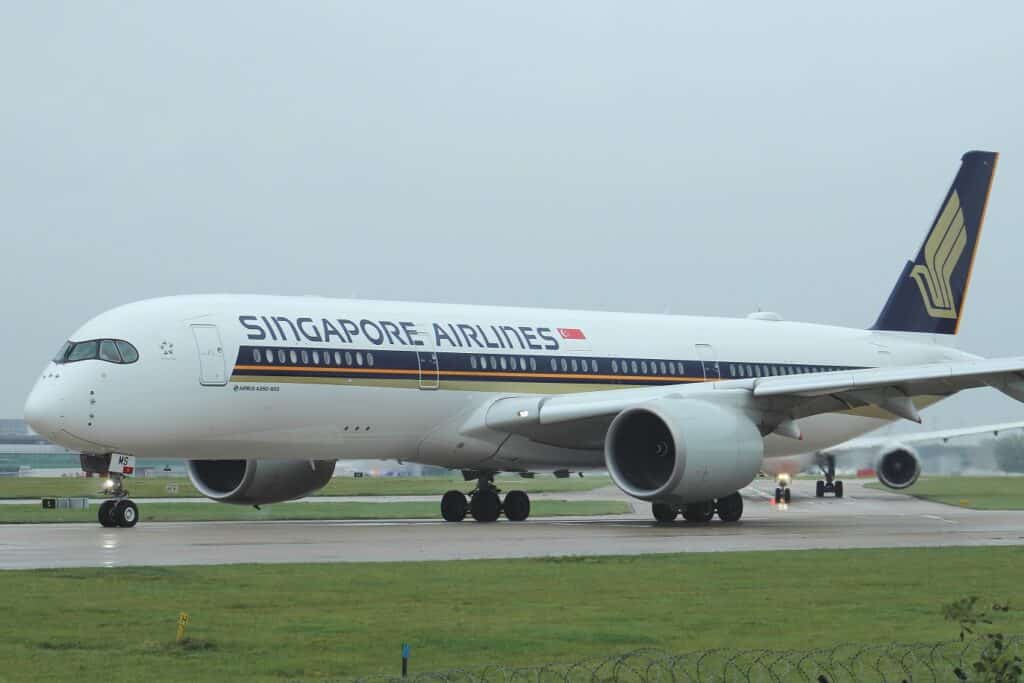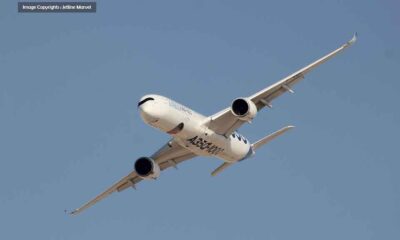Aviation
Top 10 Largest Passenger Aircraft in the World.
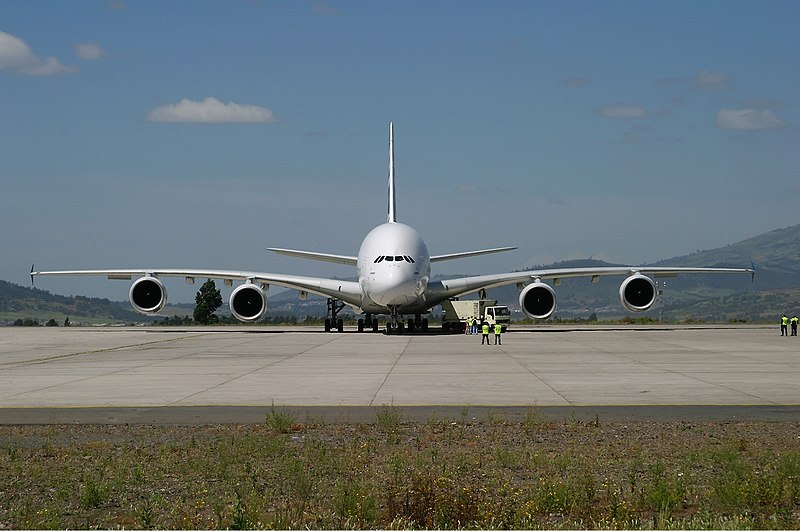
When we travel by air, we frequently consider the size of the aircraft and the number of passengers it can carry. In this article, we’ll take a look at some of the six largest aircraft ever built. Few airlines currently like flying such large aircraft.
Here are the Top 10 largest passenger aircraft that can transfer a number of passengers through these aircraft.
1. Airbus A380-800
A passenger aircraft built in France named the Airbus A380 800 has a seating capacity for 853 passengers in a single class or 644 in a two-tiered class. 8,208 nautical miles or 15,200 kilometers are the distances it can cover in a day. On April 27, 2005, the first flight was made. Despite having produced 242 aircraft as of 30 September 2020, Airbus announced the retirement of the A380-800 in 2021 due to weak sales. Emirates is now the largest A380 operator. Emirates has a total of 118 A380s, after receiving its final five in 2021, including the last of the type to be produced
2. Boeing 747-8
The Boeing 747-8 is a wide-body airliner created by Boeing Commercial Airplanes. A passenger aircraft made in the country is the Boeing 747-8. If a single-class system is used, it can hold 700 passengers and if a double-class system is used, it can hold 600 passengers. The aircraft can fly for up to 14,816 kilometers or 8,000 nautical miles. The brand-new Boeing 777X, which is scheduled to go into service in 2024, will take the place of the Boeing 747-8.
3.Boeing 747-400
The Boeing 747 400 is a passenger aircraft produced in the United States by Boeing. It can carry 660 passengers in an all-economy cabin, 524 passengers in a two-class configuration, and 416 passengers in a three-class configuration. It can travel up to 13,446 kilometers or 7,260 nautical miles. The first flight took place on April 28, 1988. The 747-400 was a significant advancement for the 747 series, featuring numerous structural and electrical upgrades.
Prior to the coronavirus crisis in the summer of 2020, British Airways, one of the major carriers, decommissioned its entire 747 fleet. Atlas Air is now its primary operator.
4. Boeing 777-300
The Boeing 777 300 is a passenger aircraft made in the US that can carry 451 passengers in a two-class configuration and 550 passengers in a single-class configuration. The aircraft made its maiden voyage in 2004 and is still a part of the fleets of airlines including United Airlines and Singapore Airlines. It can travel up to 11,135 kilometers or 6,013 nautical miles. With 131 777-300s in service, Emirates is the largest Boeing 777 operator in the world.
5. Airbus A340-600
The highest capacity member of the Airbus A340 Family, the A340-600 was introduced in 2002. 380 people can board the wide-body, four-engine aircraft. The two primary carriers as of October 2020 are Lufthansa (LHAB) (LHA) and Mahan Air. The Airbus A340-600 is the largest model in the A340 family, with a maximum seating capacity of 457 passengers. One of the largest fleets of these aircraft is operated by Lufthansa. This aircraft can travel 14,600 kilometers.
6. Airbus A350
The A350 is an airplane from the Airbus family. Despite its limited passenger capacity, it is the ideal alternative to the A380 aircraft. It is a long-haul, wide-body airplane that Airbus designed and built. the initial A350 concept put forth by Airbus in 2004. This aircraft can accommodate up to 480 passengers in single-class seating and 370 passengers in double-class seating. It has a Rolls Royce Trent engine that enables an aircraft to fly a distance of 16,100 kilometres.
7. Airbus A330-300
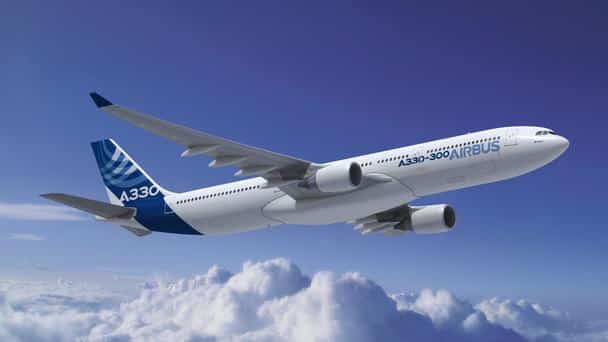
The twin-engine, wide-body Airbus A330-300 is a passenger aircraft with a medium to long range. With over 1000 produced, the aircraft is the A330 model with the highest sales. In 1994, Cathay Pacific Airlines conducted the inaugural flight of the original A330-300. It is an excellent aircraft for medium to long-haul flights with a maximum range of 6350 nautical miles. It can carry a up to 335 passengers.
8. Boeing B777-200LR
The second version of the B777 family is the Boeing 777-200LR. It was the first passenger jet ever introduced in 1995 that was completely integrated with computer-aided design. The B777-200LR has a 5,240 nautical mile range and a peak speed of 567 mph. The passenger capacity ranges from 314 to 451 passengers, depending on cabin setup.
9. Airbus A340-500
A passenger jet made in France is the Airbus A340-500. Although there were early deliveries in 2002, it was released in 2006. It is intended for 372 passengers in a single-class seat configuration and 313 passengers in a double-class layout. The Airbus A340-500 is built for international travel. It can go 9,000 nautical miles.
10. Airbus A350-900
The first version of the A350, which was created to compete with the Boeing 787 Dreamliner, is the A350-900. The plane has a 219-ft length and a 212-foot wingspan. In a three-class cabin layout, it can accommodate between 300 and 350 passengers, or it can seat up to 440 people. 8,100 nautical miles is the distance.

Airlines
US DOT says Airlines must now pay automatic refunds for cancelled flights
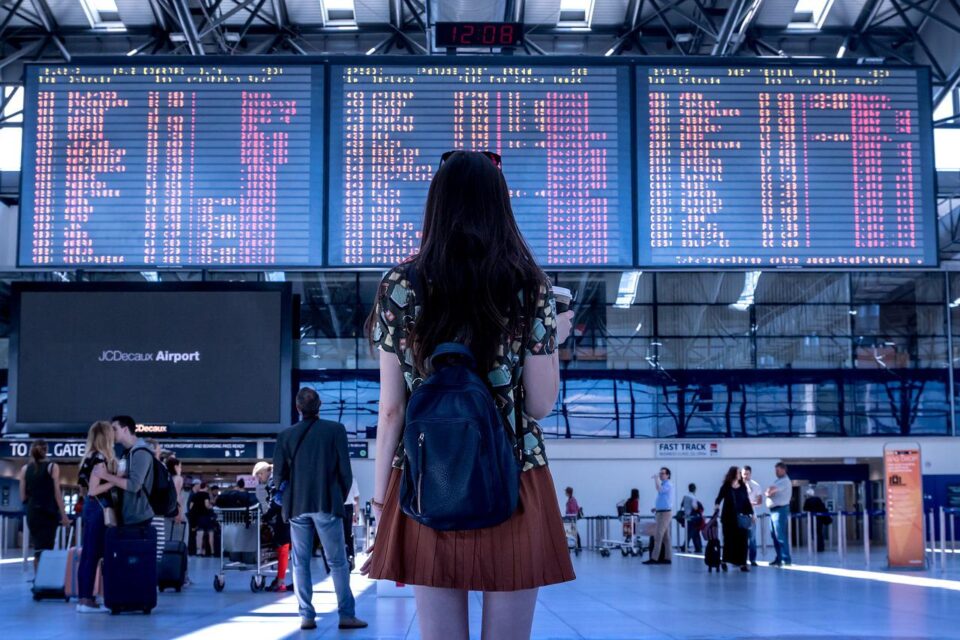
The U.S. Department of Transportation (DOT) has released a final regulation requiring airlines to quickly reimburse passengers with automatic cash refunds when owed, according to a statement made by the Biden-Harris Administration.
Under the new regulation, passengers will find it easier to get refunds when airlines dramatically alter or cancel flights, cause severe delays for checked baggage, or don’t supply the additional services they paid for.
According to a statement from the Biden-Harris Administration, the U.S. Department of Transportation (DOT) has published a final rule mandating airlines to promptly compensate customers with automatic cash refunds when they are eligible. The new rule would make it simpler for customers to receive refunds from airlines in cases when they drastically change or cancel flights, cause significant delays for checked luggage, or fail to provide the extra services they charged for.
Under the latest rule from the USDOT, passengers are guaranteed refunds in several scenarios:
- Canceled or Significantly Changed Flights: Passengers are entitled to refunds if their flight is canceled or significantly altered, including changes in departure or arrival times exceeding 3 hours domestically or 6 hours internationally, departures or arrivals from different airports, increased connections, downgrades in service class, or changes less accommodating to passengers with disabilities.
- Delayed Baggage Return: Passengers filing mishandled baggage reports can claim a refund for checked bag fees if their luggage is not returned within specific timeframes after flight arrival.
- Unprovided Extra Services: If airlines fail to deliver paid extra services like Wi-Fi, seat selection, or inflight entertainment, passengers can request refunds for those fees.
The final rule streamlines the refund process, ensuring it is:
- Automatic: Refunds are issued automatically without requiring passengers to request them.
- Prompt: Airlines must refund credit card purchases within seven business days and other payment methods within 20 calendar days.
- In Original Form of Payment: Refunds are provided in the original payment method used for purchase.
- Full Amount: Passengers receive full refunds minus the value of any portion of transportation already used, including government and airline fees.
Suggest banning family seating junk fees and ensuring that parents can travel with their kids at no additional cost. No airline promised to ensure fee-free family seating prior to efforts from President Biden and Secretary Buttigieg last year. Family seating is now guaranteed free of charge on four airlines, and the Department is working on a plan to eliminate family seating junk fees.
Propose to make passenger compensation and amenities mandatory so that travelers are taken care of when airlines cause flight delays or cancellations.
Airlines
The Nine Freedoms of the Air – Jetline Marvel
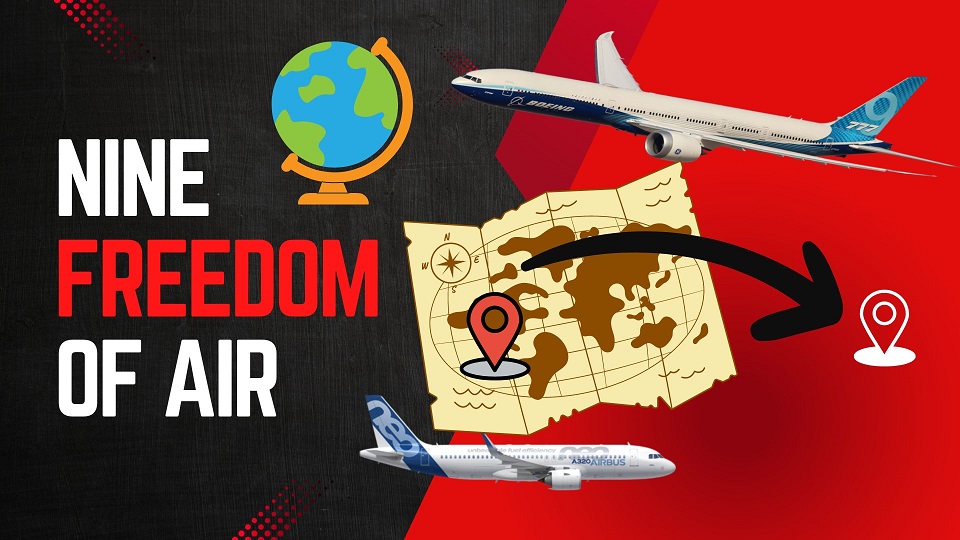
Most of us travel from one city to another city via road we need to get permission to that specific city if it is in another country like a visa or Road access permission to use its property for revenue purposes to carry passengers and Cargo. Similarly, In the airline Industry, it is also important that the Company have permission to fly and access that country whether it’s for stoppage flying above them, or Operating the passengers within that country This is called Freedom of the Air.
Some countries together they agree with certain conditions to access their Aerospace for to access for the airline to travel above their nation. If the bilateral is done for Their own countries’ airlines or other countries’ airlines. In this chapter, we understand how this thing is carried out. What all the condition has to look into that.
The Freedoms of the Air are international commercial aviation agreements (traffic rights) that grant a country’s airline(s) the privilege to enter and land in another country’s airspace. They were formulated in 1944 at an international gathering held in Chicago (known as the Chicago Convention) to establish uniformity in world air commerce. There are generally considered to be nine freedoms of the air.
Most nations of the world exchange first and second freedoms through the International Air Services Transit Agreement. The other freedoms,chase freedom airline miles when available, are usually established between countries in bilateral or multilateral air services agreements. The third and fourth freedoms are always granted together. The eighth and ninth freedoms (cabotage) have been exchanged only in limited instances
First Freedom:
The basic permission granted to an airline from one country (A) to fly through the airspace of another country (B)
Second Freedom:
The permission for a commercial airplane from country (A) to land and refuel (often called a technical stop) in another country (B).
Third Freedom :
The privilege for an airline to transport paying (Revenue) passengers from its home country (A) to another country (B).
Fourth Freedom
The rights for an airline to transport paying (Revenue )passengers from another country (B) to the airline’s home country (A).
Fifth Freedom
Fifth Freedom (also known as beyond rights): The rights for an airline to transport passengers from its home country (A) to a destination (B), then pick up and carry passengers to other international destinations (C).
Sixth Freedom:
Sixth Freedom (Combination of Third & Fourth Freedoms) The right for an airline to carry passengers or cargo between two foreign countries (B and C), provided the aircraft touches down in the airline’s home country (A).
Seventh Freedom:
The authorization for an airline to operate flights that start in a foreign country (B), skip its home country (A), and transport passengers to another international destination (C).
Eighth Freedom Air
The rights for an airline to transport passengers from one location within a country’s territory (B) to another point within the same country on a flight originating in the airline’s home country (A). This right is commonly referred to as cabotage and is notably scarce outside of Europe.
Ninth Freedom Air
The entitlement for an airline from a specific country (A) to begin a flight in a foreign country (B) and transport passengers from one location to another within that foreign country. This concept, also referred to as stand-alone cabotage, distinguishes itself from the traditional aviation definition of cabotage by not directly involving the airline’s home country.
Aviation
Air India’s B747 Makes Its Final Journey, Waving Farewell to Fans

In a poignant moment marking the end of an era in aviation history, Air India’s iconic Boeing 747 aircraft, affectionately known as the ‘Queen of the Skies,’ embarked on its ultimate journey from Mumbai’s international airport.
The departure, bound for Plainfield, USA, where it will undergo dismantling and part-stripping under the ownership of American AerSale, signals the closure of a storied chapter for the airline.
Once revered for transporting dignitaries ranging from prime ministers to presidents, the Boeing 747 has etched itself into aviation lore. Yet, as airlines worldwide pivot towards more contemporary and cost-effective aircraft, Air India’s decision to bid farewell to its remaining Boeing 747s reflects the pragmatic realities of today’s aviation landscape.
The sale of these majestic planes to AerSale represents a strategic move by Tata Group, Air India’s new custodian, towards optimizing operational efficiency and embracing modern industry standards. Out of the four aircraft sold, two will be repurposed into freighters, while the remaining pair will be meticulously disassembled to salvage valuable components.
The final flight from Mumbai witnessed a touching tribute as pilots performed a traditional ‘Wing Wave,’ symbolizing the conclusion of the Boeing 747‘s distinguished service with Air India. This poignant gesture encapsulates the deep sentiment attached to the aircraft’s departure and its significant contribution to the airline’s legacy.
As the Boeing 747 embarks on its journey to Plainfield, USA, nostalgia permeates the air, evoking memories of its maiden flight on March 22, 1971. Over five decades, Air India operated a total of 25 Boeing 747s, each leaving an indelible mark on the annals of aviation history.

